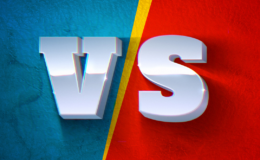Most people know what an invoice is, and they are used to receiving them from companies. However, buyers can send companies purchase orders, which are requests to a supplier for a specific product or service.
What is a purchase order?
Unlike invoices, purchase orders are sent from buyers to companies to request a specific amount of products or services. Purchase orders will often list the type of item, the quantity that the buyer is asking for, and an agreed-upon price. Of course, more specific orders can have more detail.
Purchase orders are legally binding contracts between a buyer and seller. So if a seller produces items at a buyer’s request and the buyer refuses to pay, the buyer is subject to potential legal actions. Because of this, it’s important to make sure a purchase order has terms and conditions that will cover all possible scenarios, including instructions and protocol for if the purchase order is canceled.
Some businesses feel that purchase orders are an extra step in paperwork or an unnecessary roadblock because they already have a working relationship with their vendors. However, for larger companies or as a company grows, purchase orders become a necessary step in the process because they can make things simple and straightforward, especially when the company may sell a variety of products.
Both invoices and purchase orders are standard contracts between buyers and sellers. While invoices are given to buyers from companies, purchase orders are the opposite. Purchase orders allow buyers to make requests for products or services from companies. While purchase orders may not be necessary for small businesses or businesses where there is already an established working relationship, purchase orders can become an essential and standard practice as a company grows.






